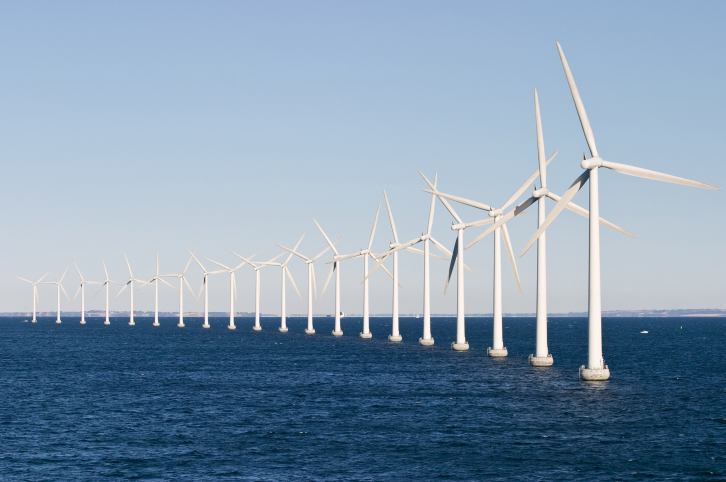The U.S. Department of Energy has laid out its case for an expanded role of wind power in America’s future. One of the most important aspects of the “Wind Vision: A New Era of Wind Power in the United States” report is that the growth of the industry stands outside most government control, because the future of the technology faces threats, particularly the interest of private enterprise, which may not change even if the public sector supports it.
According to the report’s authors:
The report includes a roadmap that defines actions needed to realize the substantial economic and social benefits of a robust wind energy future. Through continued cost reductions and further investments in wind energy systems, wind power is projected to be directly competitive with conventional energy technologies within the next decade.
So, this vision depends on whether the forecast of “directly competitive” and “further investments” hold true over time. Also, the research relies on analysis open to serious question:
The report also highlights the public health and environmental benefits of wind today and into the future. As a clean energy source, wind power could displace more than 12.3 gigatonnes of greenhouse gas emissions by 2050, equating to a global economic value of $400 billion. Additionally, growth in the wind sector could lower the cumulative electric sector expenditures by $149 billion by 2050.
Large energy companies still primarily rely on traditional sources of energy, and experiments with wind power are just that — experiments. Pollution problems have not changed industry “green practices” either.
Wind power advocates imaging a time when wind farms will dot the coast and the flat lands of the country, where wind propellers can be placed and will thrive. However, around the energy sector, coal and oil continue to be shipped to refineries and plants. For the industry to move away from the investment in this infrastructure, and along with it the belief that it is efficient, seems impossible, probably for decades.
ALSO READ: 4 Merrill Lynch Alternative Energy Stocks to Buy Now
Essential Tips for Investing (Sponsored)
A financial advisor can help you understand the advantages and disadvantages of investment properties. Finding a qualified financial advisor doesn’t have to be hard. SmartAsset’s free tool matches you with up to three financial advisors who serve your area, and you can interview your advisor matches at no cost to decide which one is right for you. If you’re ready to find an advisor who can help you achieve your financial goals, get started now.
Investing in real estate can diversify your portfolio. But expanding your horizons may add additional costs. If you’re an investor looking to minimize expenses, consider checking out online brokerages. They often offer low investment fees, helping you maximize your profit.
Thank you for reading! Have some feedback for us?
Contact the 24/7 Wall St. editorial team.



